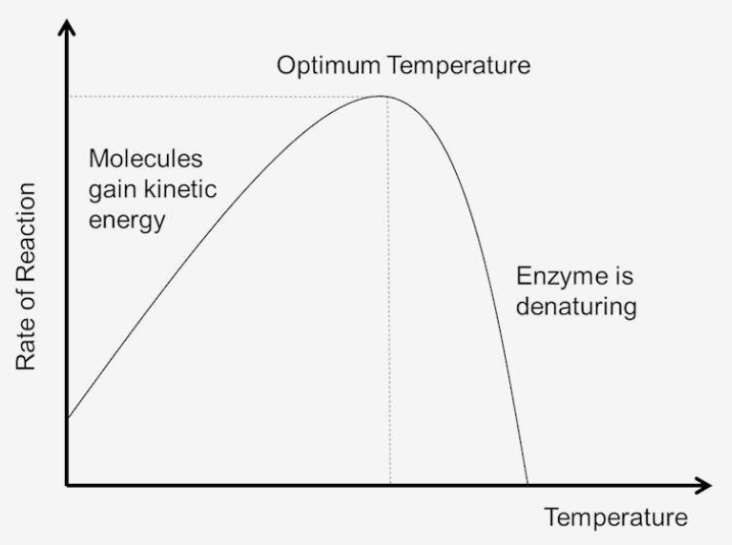Variation and Inheritance quiz
5.0(1)
Card Sorting
1/22
Study Analytics
Name | Mastery | Learn | Test | Matching | Spaced |
|---|
No study sessions yet.
23 Terms
1
New cards
Variation is controlled by…
genes and environment
2
New cards
Types of variation
Continuous variation (like height)
* Controlled by many genes plus the environment
* Difficult to study
Discontiuous variation (like the ability to roll your tongue)
* Sometimes controlled by a single gene
* Much easier to study
* Controlled by many genes plus the environment
* Difficult to study
Discontiuous variation (like the ability to roll your tongue)
* Sometimes controlled by a single gene
* Much easier to study
3
New cards
Genetic sources of variation
Mutation
* ^^Gene mutation^^ (a change of base sequences within a gene, ex. sickle cell anemia)
* ^^Chromosome mutation^^ (a change to the number of chromosomes, ex Down’s syndrome)
Meiosis
* ^^Remixes genes^^ to create variation
* ^^Gene mutation^^ (a change of base sequences within a gene, ex. sickle cell anemia)
* ^^Chromosome mutation^^ (a change to the number of chromosomes, ex Down’s syndrome)
Meiosis
* ^^Remixes genes^^ to create variation
4
New cards
Cell division and meiosis
Cell division occurs ^^twice with meiosis^^, so you put numbers after the phases (ex. telophase II)
During prophase I the chromosomes are ^^crossing over^^, and ^^exchanging genetic information^^. During prophase II this does not happen, because there are no longer any pairs similar enough to trade info with.
During prophase I the chromosomes are ^^crossing over^^, and ^^exchanging genetic information^^. During prophase II this does not happen, because there are no longer any pairs similar enough to trade info with.

5
New cards
Homologous chromosomes
Chromosomes that have the ^^same size and structure^^, as well as the ^^same genes^^ in the same sequence (twins!)
Homologous chromosomes can pair up and trade information with each other
Homologous chromosomes can pair up and trade information with each other
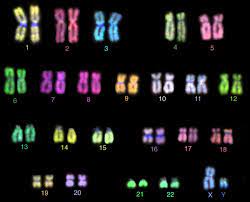
6
New cards
Gene
A code for a characteristic
7
New cards
Allele
A version of a gene
8
New cards
Homozygous
Both alleles are the same in the genotype (“pure” genes)
9
New cards
Heterozygous
The alleles are different in the genotype
10
New cards
Dominant allele
An allele that is always expressed in the phenotype (always shows)
11
New cards
Recessive allele
An allele that is only expressed in the homozygous state
12
New cards
Codominant alleles
Alleles that are equally expressed in the phenotype
13
New cards
Genotype
The pair of alleles of an individual
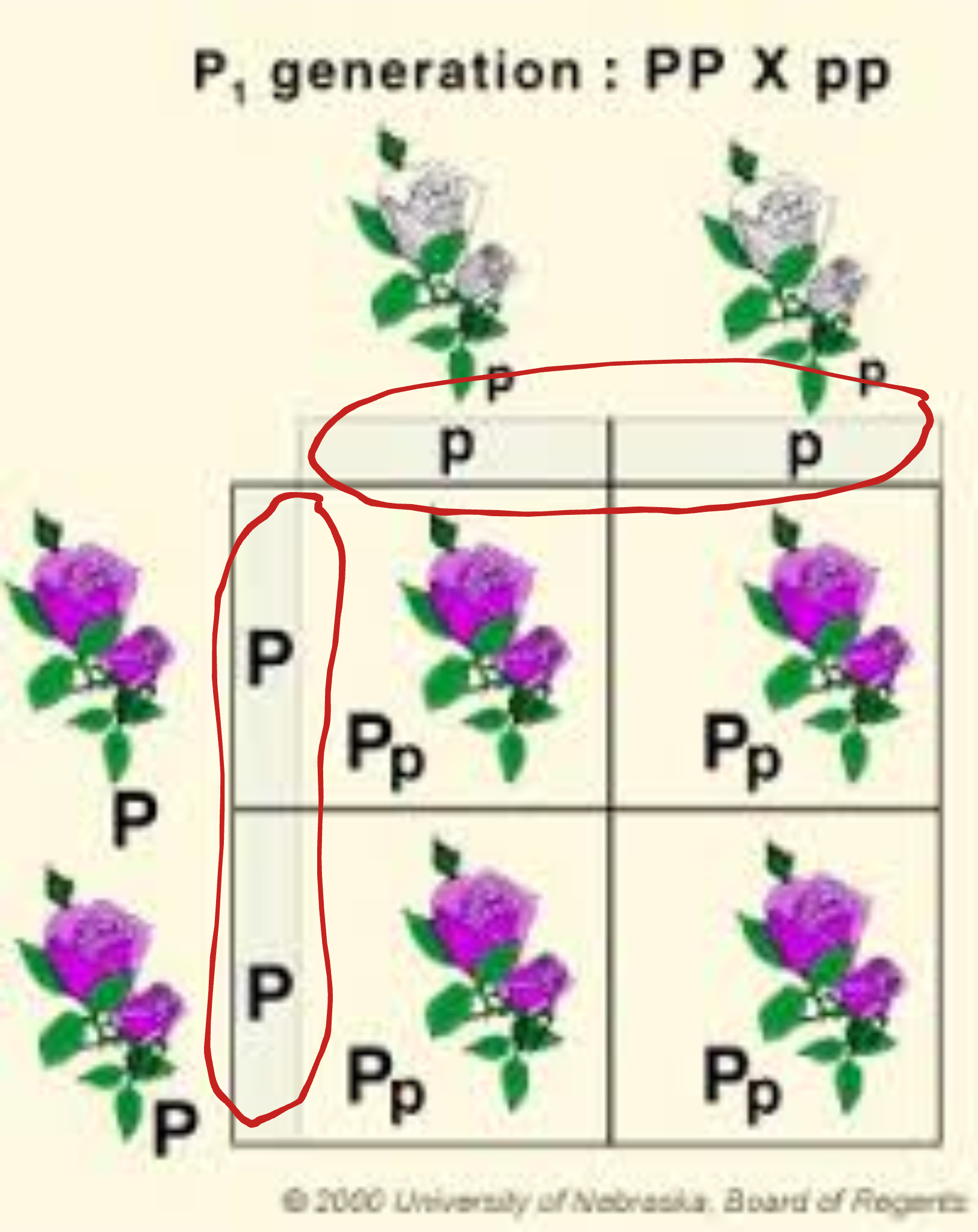
14
New cards
Phenotype
The characteristics or traits
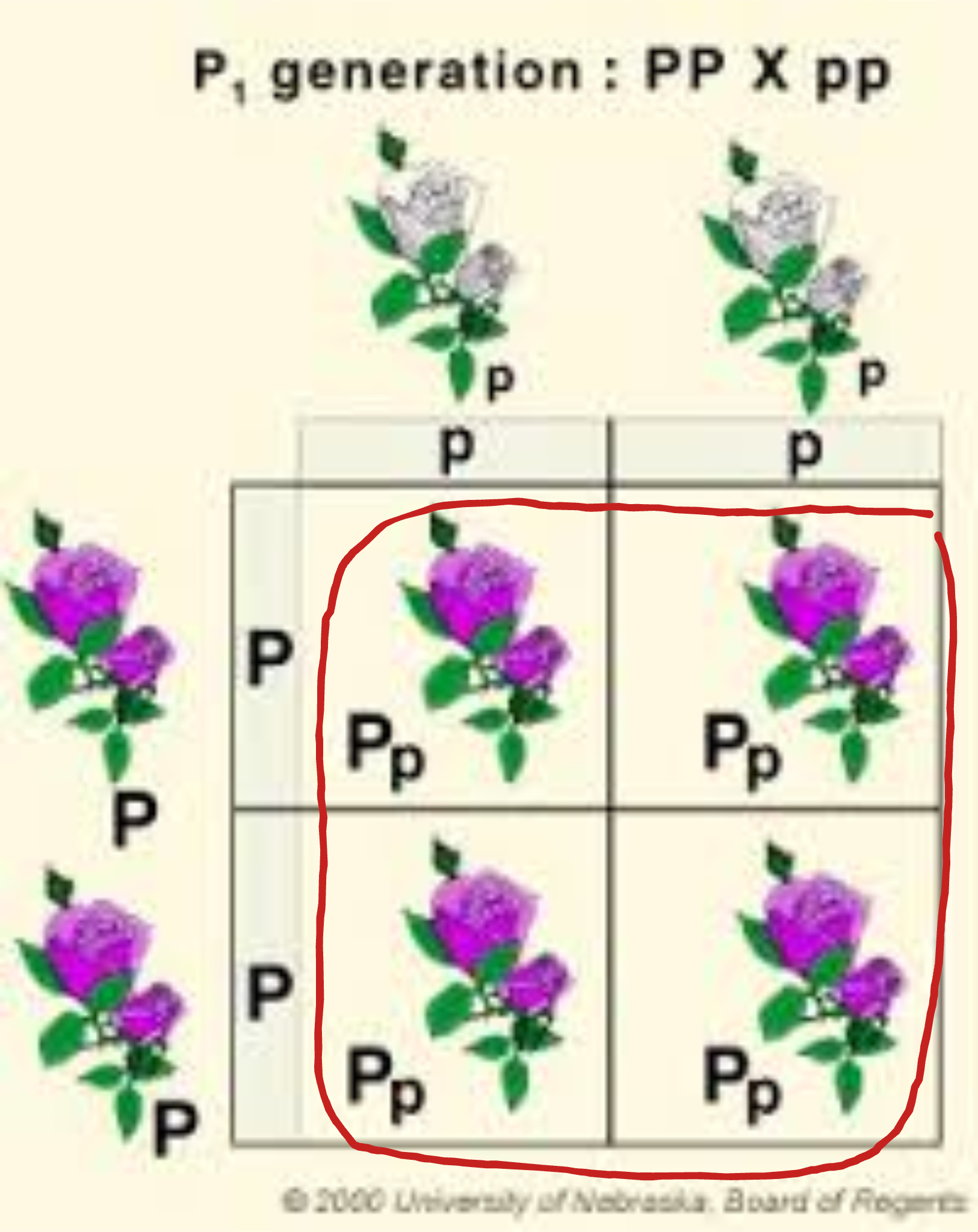
15
New cards
Genome
All the genetic information of an individual or species
16
New cards
How to write alleles
Dominant alleles are written with a capital letter (ex. B for brown eyes) and recessive alleles with a small letter (ex. b for blue eyes). Codominant alleles are written with superscript (ex. CR for red flowers and CW for white flowers)
17
New cards
Gregor Mendel’s experiment on purple and white flowers
Purple + White (gen 0) → All purple (gen 1) → 75% purple and 25% white (gen 2)
So purple must be the dominant allele
So purple must be the dominant allele
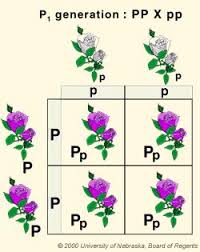
18
New cards
Sex-linked genes
Sex-linked genes appear on the ^^X-chromosome, but not on the Y^^. This means that people with XY chrommosomes are more likely to be affected by this type of gene, since they only need ^^one copy of the gene to be affected^^.
Ex. red-green colour blindness and haemophilia are sex-linked.
Ex. red-green colour blindness and haemophilia are sex-linked.
19
New cards
Pleiotropy
One gene affects two or more characteristics
20
New cards
Polygenes
Two or more genes affect one characteristic
21
New cards
GWAS
Checking for high (or low) frequency of a certain gene (SNPs or snips) within a group compared to the general population, to find genes that likely cause the trait that the group has.
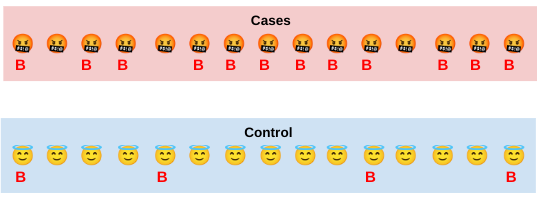
22
New cards
Why do we want to know which genes do what?
Well, if you know the ^^base sequence^^ that is (probably) involved in causing a disease
Then you know what ^^amino acid sequence^^ is made, and the ^^shape of the protein molecule^^
Chemists can then investigate the ^^properties of this protein^^ molecule
Medics can ^^look for this protein molecule in people^^ with the disease
Cell Biologists can ^^grow cells and add, or remove, this protein^^ molecule to see what the effects are
Doctors then might be able to ^^relate this to symptoms in people with the disease^^, and be able to ^^test treatments^^ on volunteers
And hopefully the disease can be ^^treated better or even cured^^
Then you know what ^^amino acid sequence^^ is made, and the ^^shape of the protein molecule^^
Chemists can then investigate the ^^properties of this protein^^ molecule
Medics can ^^look for this protein molecule in people^^ with the disease
Cell Biologists can ^^grow cells and add, or remove, this protein^^ molecule to see what the effects are
Doctors then might be able to ^^relate this to symptoms in people with the disease^^, and be able to ^^test treatments^^ on volunteers
And hopefully the disease can be ^^treated better or even cured^^
23
New cards
Enzyme lab!
Heat speeds up reactions, so the reaction was much quicker in the warmer water baths. However, this is only true up to a certain point, because in too high temperatures the enzymes start denaturing, which will slow down the process, or even stop it completely.
